This article was co-authored by Jeremy Bartz, PhD. Dr. Jeremy Bartz is a Clinical Psychologist in private practice based in Los Angeles, California. Dr. Bartz specializes in treating depression, anxiety, OCD, mind-body syndromes, chronic pain, insomnia, relationship difficulties, attachment trauma, and resolving the effects of narcissistic trauma. He received a Ph.D. in Counseling Psychology from Brigham Young University and completed a fellowship In Pain Psychology at Stanford's premier pain management clinic.
There are 12 references cited in this article, which can be found at the bottom of the page.
This article has been viewed 1,076 times.
Chronic pain flare-ups can be really challenging to deal with whenever you experience them. These are periods of time where your symptoms are elevated and start to interfere with your everyday living. Research suggests that by using simple breathing techniques, your flare up can be better controlled and help to alleviate your symptoms. This wikiHow will walk you through some of these techniques for you to try at home and decide which ones work best for you.
Steps
Getting Started
-
1Acknowledge that you are having a flare-up. For people with chronic pain, flare-ups that are long-lasting can be very draining. While it may be tempting to just ignore and avoid your flare-up, this may actually make the situation a lot worse. The more you ignore it, the higher the chance of your pain worsening.[1] [2]
- Avoiding your flare-up can negatively affect your mental well-being through constant stress and frustration. This could increase your pain due to built-up tension.
- Acknowledging that your pain is there will help you to manage your flare-up more effectively.
-
2Remove yourself from the trigger if you can. Sometimes, a flare-up may be triggered by external stimuli, such as loud noise or a busy environment. Try to find a quiet and calmer place to recollect yourself and handle your flare-up.[3]
- If you are with a friend or family member, tell them what's going on so that they can help you get away from the trigger.
- Removing yourself from triggers can also help you to pinpoint specific triggers so you can avoid them and remove the chance of a flare-up occurring.
Note: Sometimes flare-ups can happen spontaneously without a specific cause. If this is the case, try to prevent any further triggers occurring to stop the flare-up from worsening.
Advertisement -
3Relax. Tune in to your body and notice whether or not the tension in your body could be making your flare-up worse.[4] [5] Signs of these may include:
- Your hands are in a fist
- Your shoulders are raised
- Your muscles are tense
- Your jaw is tensed and your teeth are clenched
- Your breathing is shallow or you are holding your breath
-
4Tell yourself that this will pass. Although it may seem like it will never end, it will. Just ensure that your remain as calm as possible to avoid increasing your pain. You will get through this and it won't last forever. By using the techniques in this article, your flare-up will end sooner than you think.[6]
- Seek immediate medical attention if you start to experience severely distressing thoughts about wanting to hurt yourself or others.
Remember: Feeling down is completely normal and natural. This is not a sign of weakness or giving up. It's a sign of strength, because it's a reminder that you can get through it. [7]
Breathing Techniques
-
1Practice meditation or mindfulness. By practicing these techniques, you will start to become more aware of your breathing. You will also learn new techniques that best suit you and your pain.[8] [9]
- It is known that an increase of pain can cause an increase in heart rates due to the release of hormones during periods of stress. These techniques will help to lower your heart rate. This will help you control your breathing and manage your pain.[10]
-
2
-
3Take normal deep breaths at your own pace. As you do this, your breathing will gradually slow down and help relax the body. This simple technique is known to be beneficial in reducing the severity of flare-ups.[13] [14]
-
4Try mimicking someone else's breathing patterns. By doing this, you will not be focusing on your pain or your thoughts, but instead on the breaths of the other person.
- To have better control of the pace and rhythm of your breathing, get that person to count breaths with you or stomp their feet.[15]
-
5Practice square breathing. The idea of square breathing is to maintain a rhythmic breathing pattern by giving you a visual focus to help distract your mind from the pain.[16] .
- Breathe in for two seconds, while imagining one side of the square.
- Hold your breath for one second as you imagine the top corner of the square.
- Breathe out for two seconds, as you go across the side of the square.
- Repeat these steps until you finish the square pattern.
Note: It is only recommended to do this in one minute intervals.[17]
-
6Use elephant breathing. Elephant breathing is a great way to control the speed of your breathing, and help it to slow down. The focus on elephants will help keep your mind tuned in to the technique instead of your pain.[18] [19]
- Breathe in to the count of you repeating the word "elephant" two times.
- Hold your breath for the count of you saying "elephant".
- Release your breath slowly, repeating "elephant" three times.
Tip: If you don't want to use an elephant as your focus word, you can change this for a word/animal with the same number of syllables.
-
7Try sand breathing. Sand breathing is a good technique for those who need both physical and visual cues to support their pain management.[20] [21]
- Start a 30–60 second timer.
- Start "rotating" your thumb and index finger as if you were trying to hold a grain of sand.
- Count how many rotations you can fit into one full breath. This includes a deep breath in, and a deep breath out.
- Repeat this step until the timer is finished.
- Increasing the number of rotations you make with your fingers can change your breathing pattern into a longer and slower one.
Tip: You can use an actual grain of sand or even a small marble, if that helps. You can also tap your fingers instead. [22]
Warnings
- Always seek medical advice if you haven't attempted these techniques before. Sometimes, chronic pain may be comorbid with another systemic disease which may, for example, affect how you breathe. Talk to your doctor about taking the right steps to manage your pain.⧼thumbs_response⧽
References
- ↑ https://www.hey.nhs.uk/wp/wp-content/uploads/2016/03/painFlareUp.pdf
- ↑ https://www.ruh.nhs.uk/zz_content_include/services/clinics/pain_clinic/documents/Living_with_pain.pdf
- ↑ https://www.spine-health.com/conditions/depression/4-tips-help-cope-chronic-pain-and-depression
- ↑ https://www.mayoclinichealthsystem.org/hometown-health/speaking-of-health/8-tips-for-managing-chronic-pain
- ↑ https://www.aintreehospital.nhs.uk/media/6478/living-well-with-chronic-pain-patient-guide.pdf
- ↑ https://www.aintreehospital.nhs.uk/media/6478/living-well-with-chronic-pain-patient-guide.pdf
- ↑ https://www.aintreehospital.nhs.uk/media/6478/living-well-with-chronic-pain-patient-guide.pdf
- ↑ https://www.ncbi.nlm.nih.gov/pmc/articles/PMC7014460/
- ↑ https://www.womenshealth.gov/lupus#f
- ↑ https://www.ncbi.nlm.nih.gov/pmc/articles/PMC7014460/
- ↑ https://singyourpainaway.co.uk/health-benefits-of-singing
- ↑ https://www.ncbi.nlm.nih.gov/pmc/articles/PMC4994773/
- ↑ https://www.ncbi.nlm.nih.gov/pmc/articles/PMC8891889/
- ↑ https://www.wsh.nhs.uk/CMS-Documents/Patient-leaflets/PainService/6290-1e-Chronic-pain-self-management-relaxation.pdf
- ↑ https://firstaidforlife.org.uk/how-to-help-someone-having-a-panic-attack/
- ↑ https://www.wsh.nhs.uk/CMS-Documents/Patient-leaflets/PainService/6290-1e-Chronic-pain-self-management-relaxation.pdf
- ↑ https://www.wsh.nhs.uk/CMS-Documents/Patient-leaflets/PainService/6290-1e-Chronic-pain-self-management-relaxation.pdf
- ↑ https://www.wsh.nhs.uk/CMS-Documents/Patient-leaflets/PainService/6290-1e-Chronic-pain-self-management-relaxation.pdf
- ↑ https://www.wsh.nhs.uk/CMS-Documents/Patient-leaflets/PainService/6290-1e-Chronic-pain-self-management-relaxation.pdf
- ↑ https://www.wsh.nhs.uk/CMS-Documents/Patient-leaflets/PainService/6290-1e-Chronic-pain-self-management-relaxation.pdf
- ↑ https://www.wsh.nhs.uk/CMS-Documents/Patient-leaflets/PainService/6290-1e-Chronic-pain-self-management-relaxation.pdf
- ↑ https://www.wsh.nhs.uk/CMS-Documents/Patient-leaflets/PainService/6290-1e-Chronic-pain-self-management-relaxation.pdf


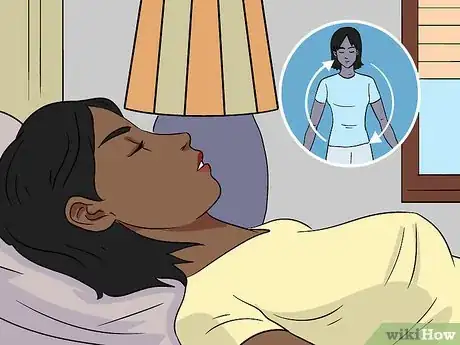
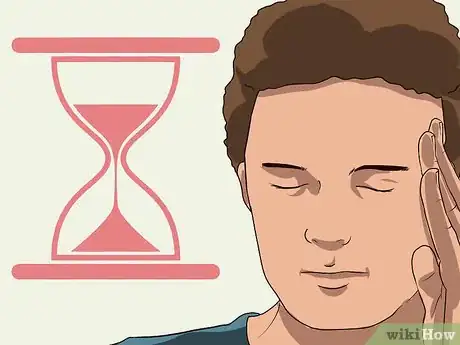
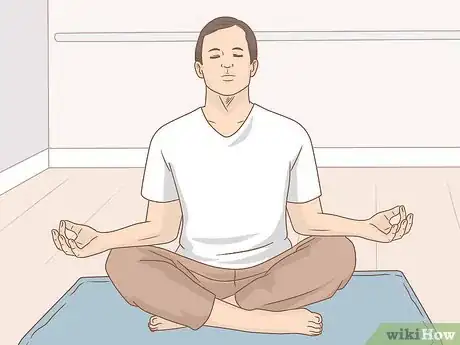
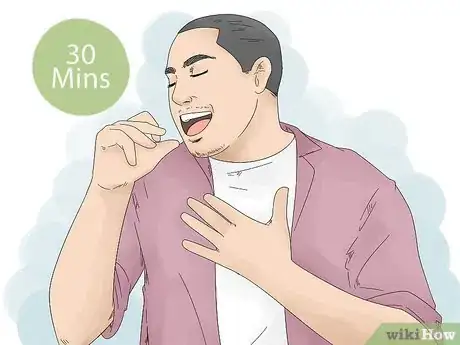

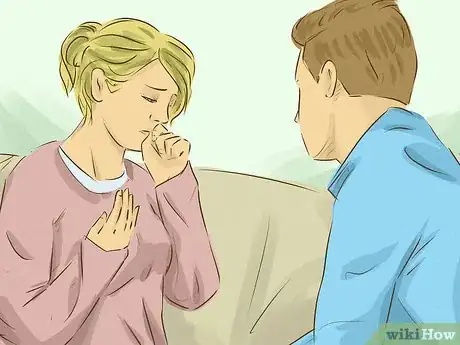
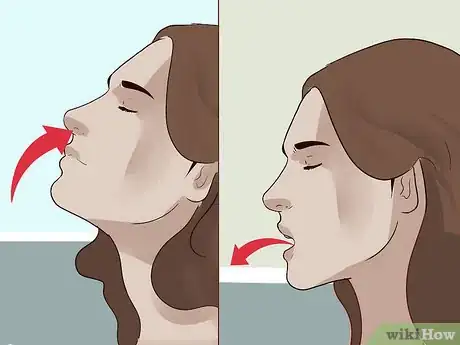
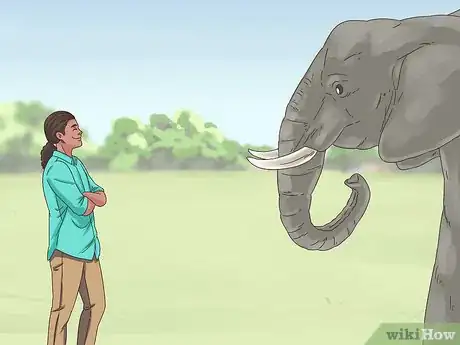
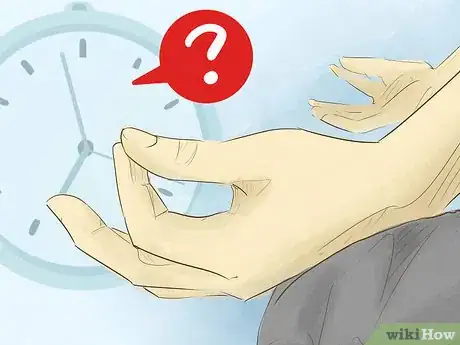

-with-Jaw-Exercises-Step-11.webp)
-Step-20-Version-2.webp)
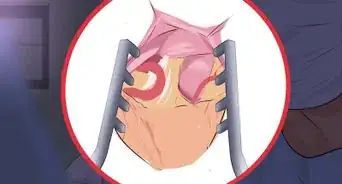
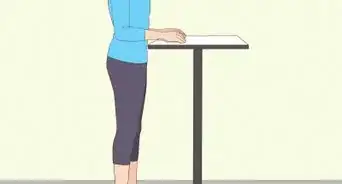
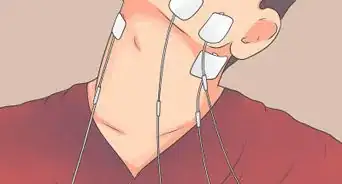
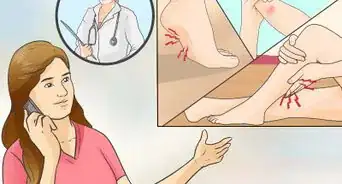


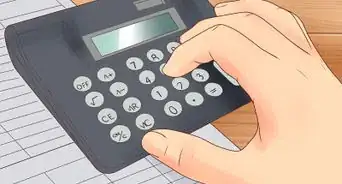
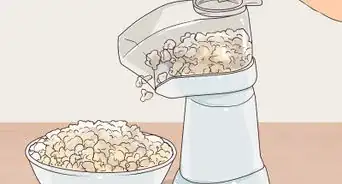








-with-Jaw-Exercises-Step-11.webp)
-Step-20-Version-2.webp)





































Medical Disclaimer
The content of this article is not intended to be a substitute for professional medical advice, examination, diagnosis, or treatment. You should always contact your doctor or other qualified healthcare professional before starting, changing, or stopping any kind of health treatment.
Read More...